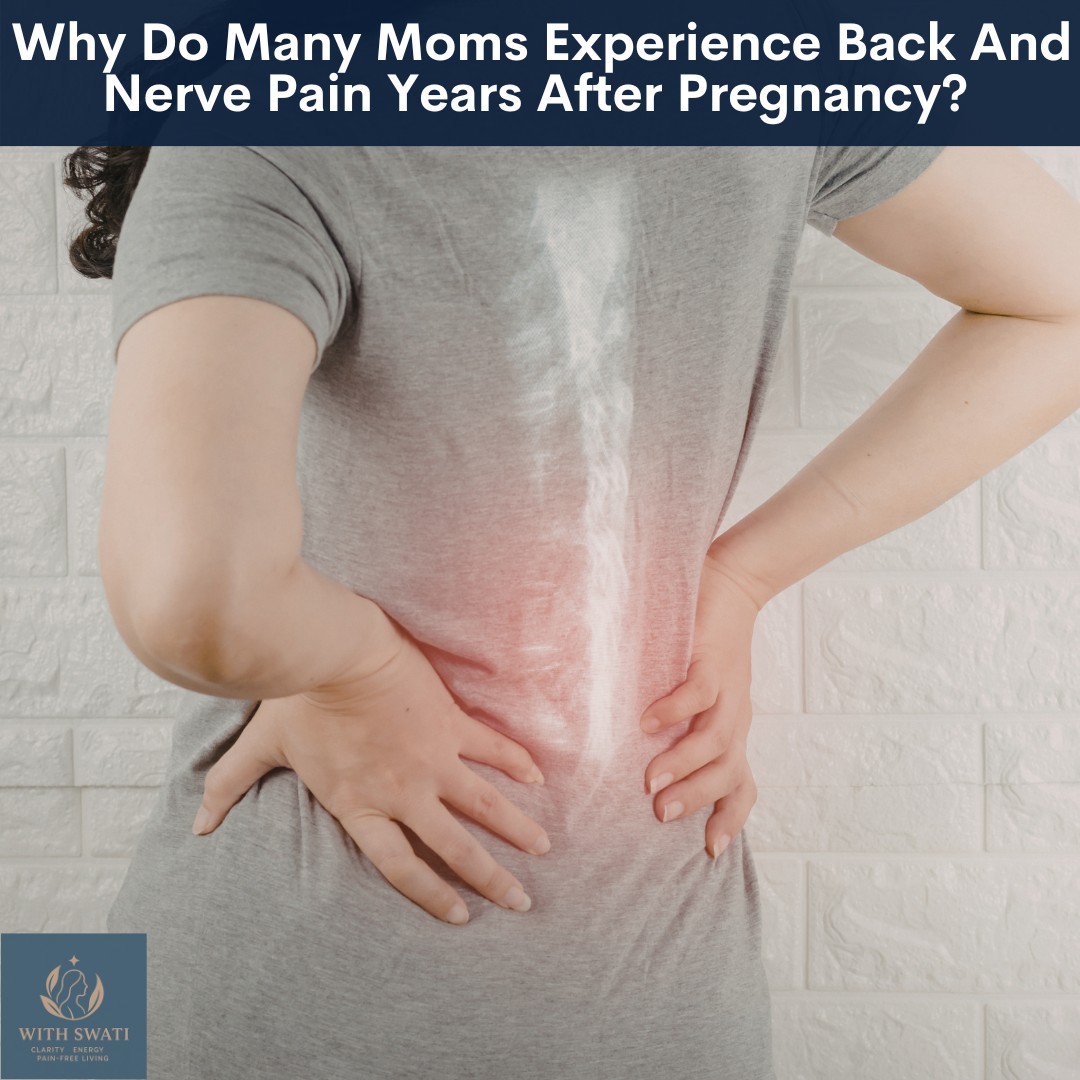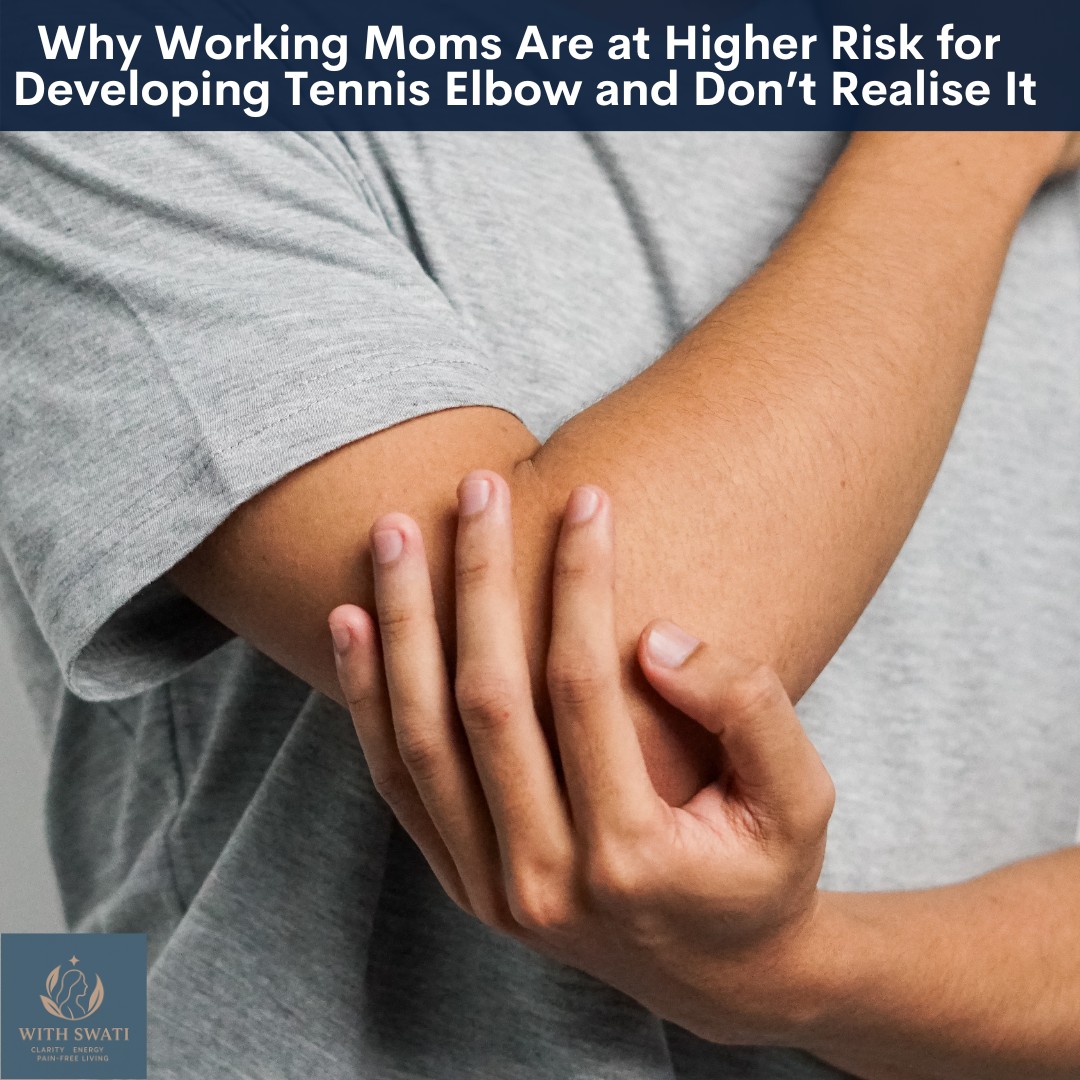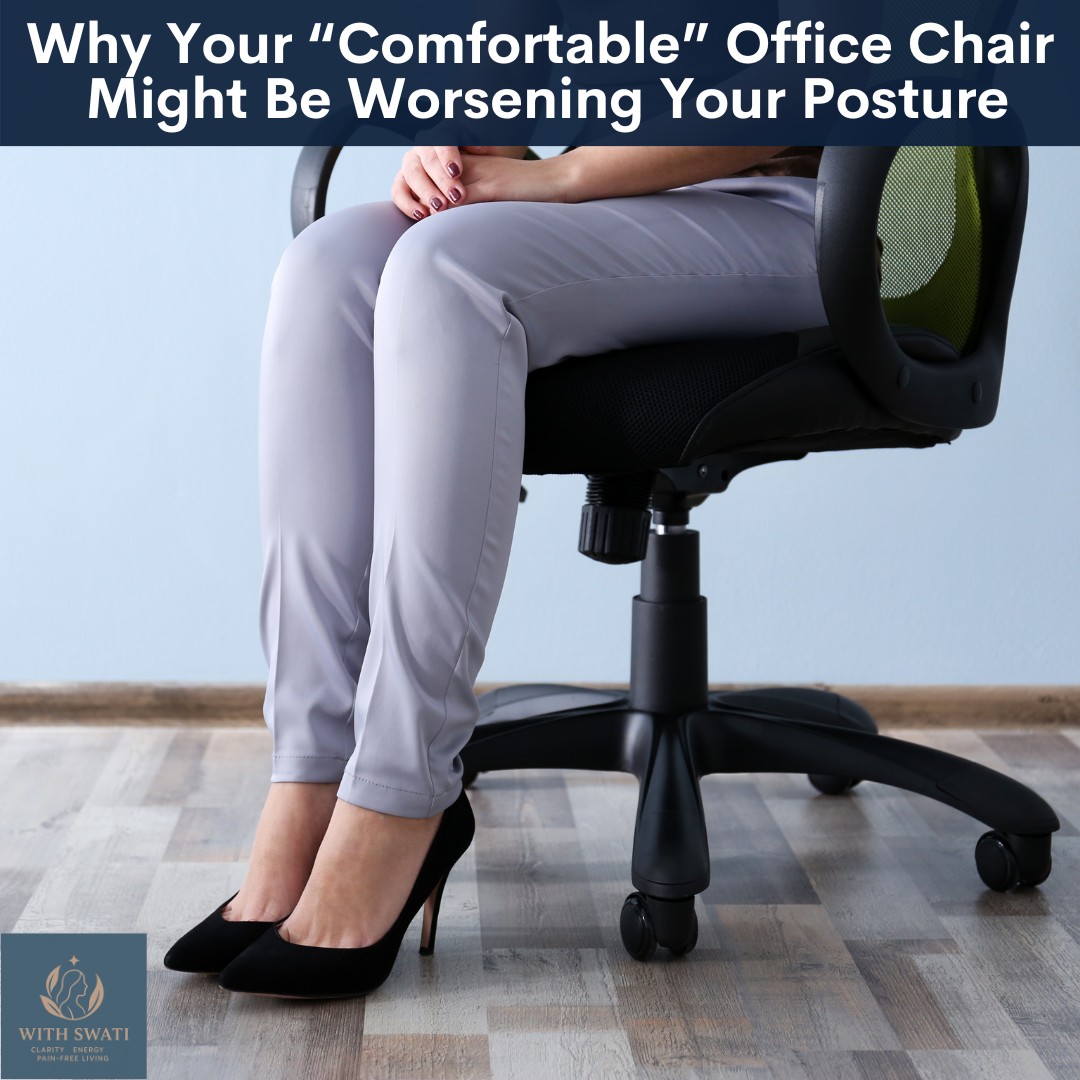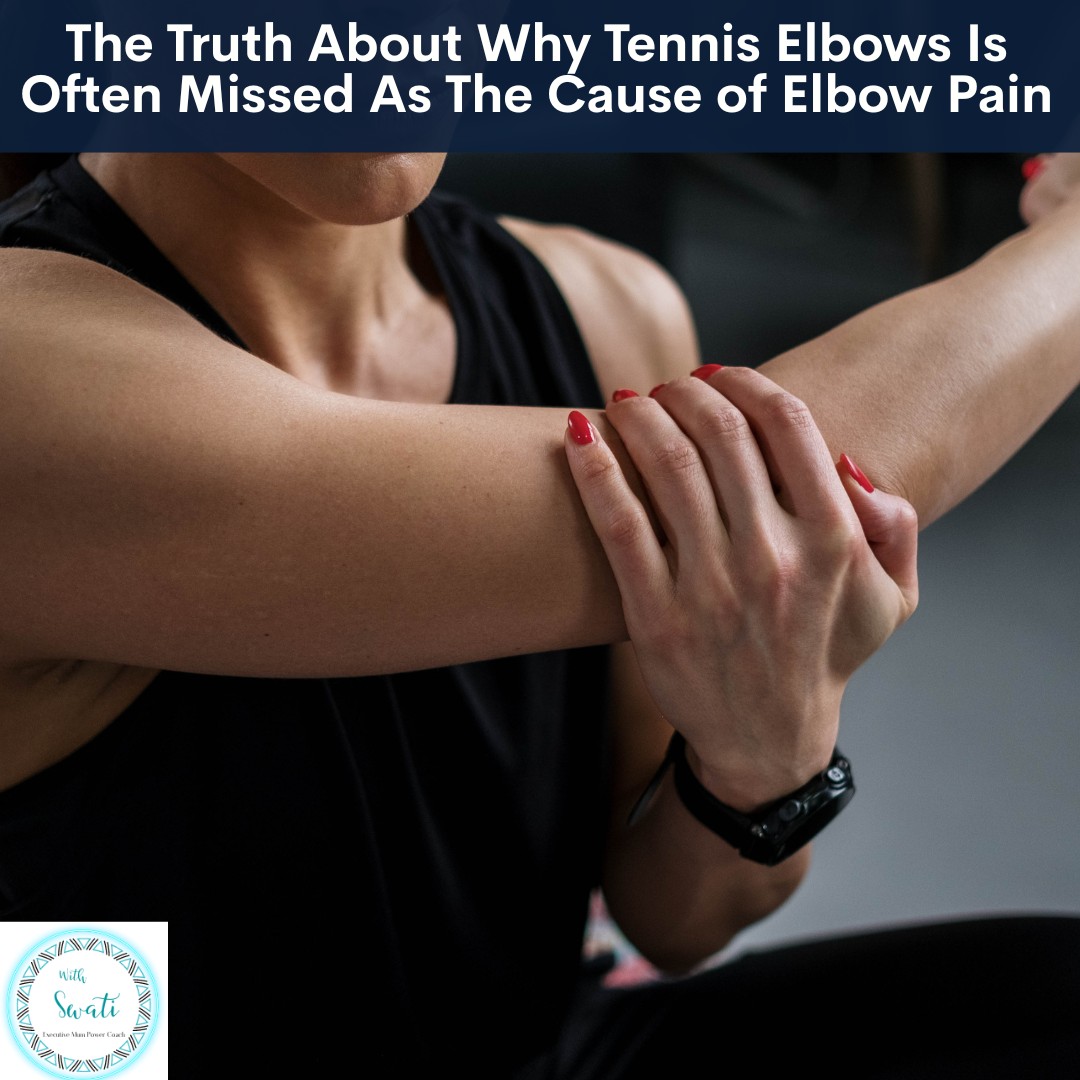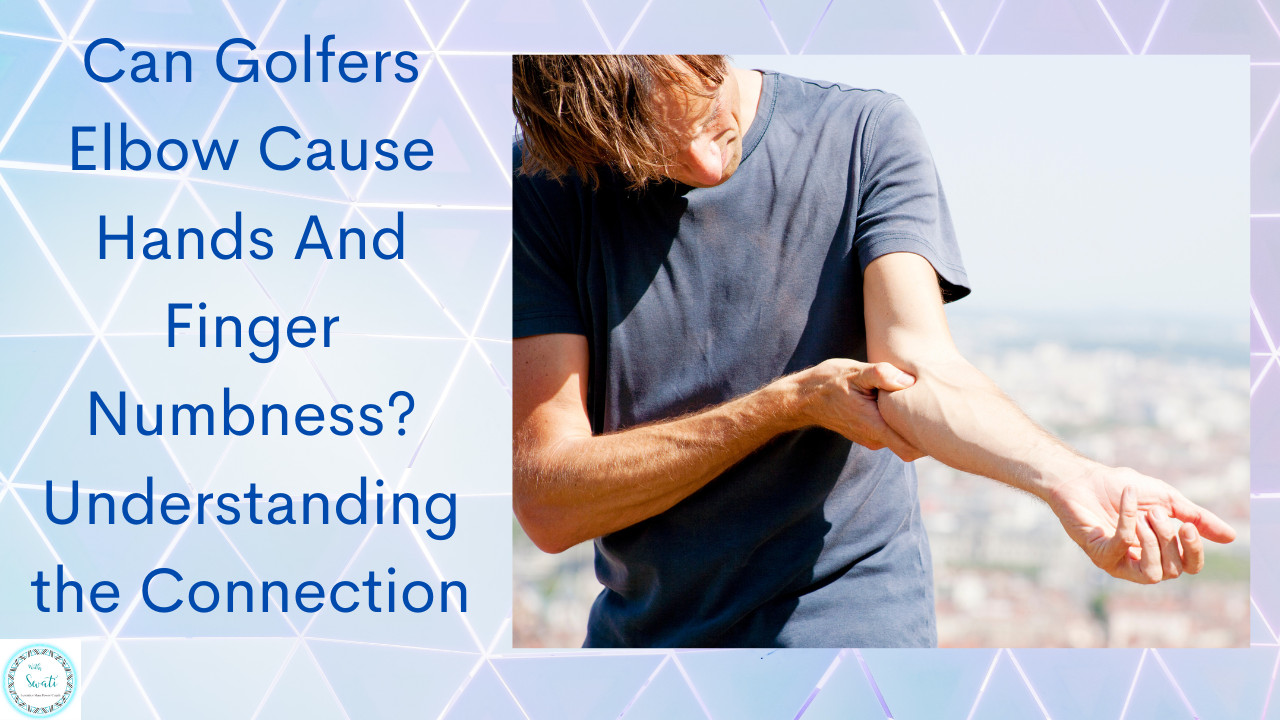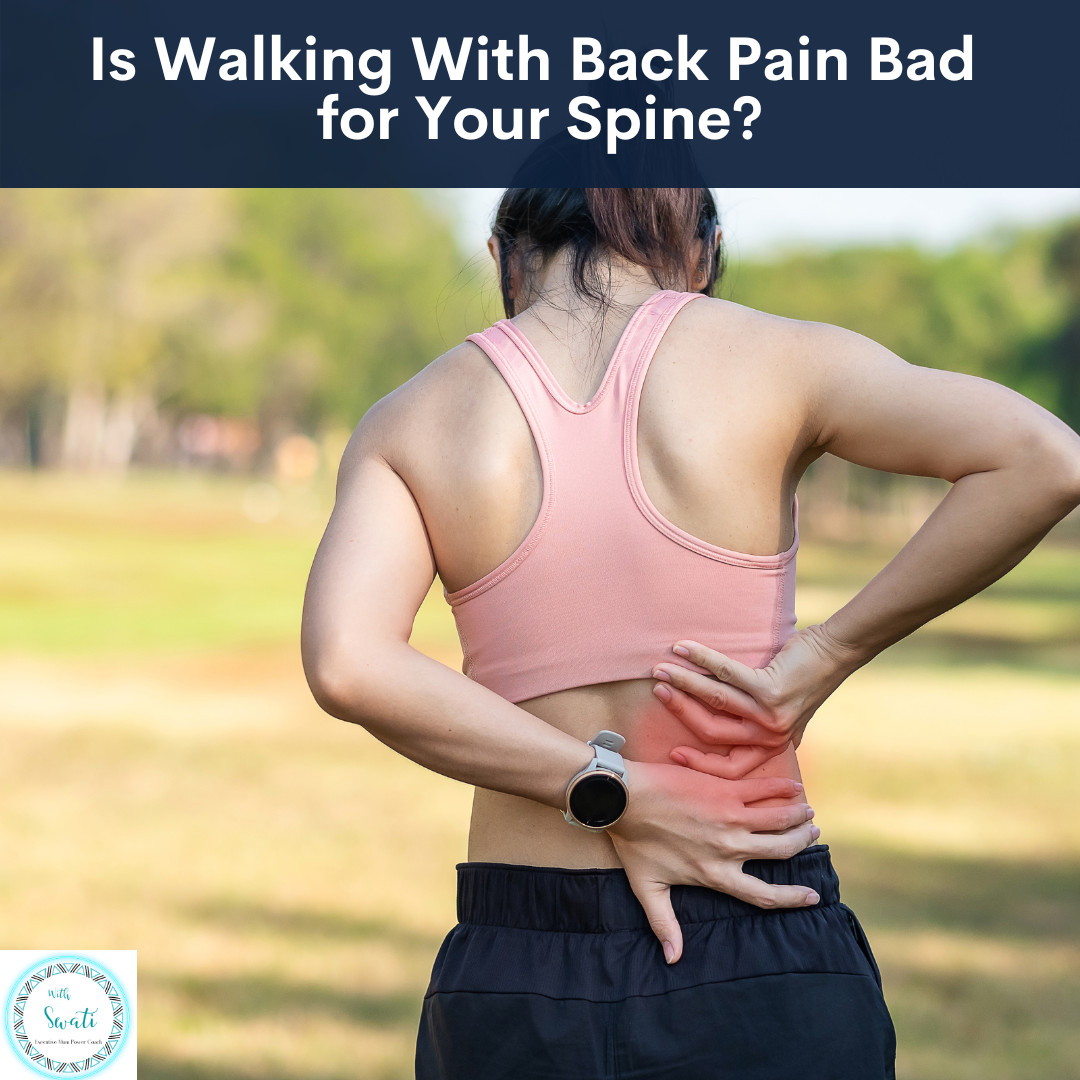
As an executive mum juggling long work hours, endless meetings, and family responsibilities, you might view walking as your go-to activity for staying fit. After all, it’s low impact, requires no equipment, and fits easily into your busy schedule. However, if you've ever experienced back pain after a particularly long walk or day of errands, you may wonder: Can too much walking actually harm your spine? In this blog lets discuss the impact of walking on spinal health and what you can do to ensure it supports and not strains your body.
Walking is one of the best exercises for spinal health. It promotes circulation, strengthens core and back muscles, and helps maintain joint and spinal mobility. A brisk walk can even improve posture and provide relief from mild back stiffness. For many executive mums, walking is an excellent way to decompress after a stressful day, and it’s gentle enough to incorporate into daily routines.
But can walking too much be harmful? While walking is generally beneficial, excessive or improper walking can sometimes lead to discomfort or exacerbate existing back issues. Here’s why:
Postural Stress: Poor walking posture, such as leaning forward or slouching, can put unnecessary strain on your back and neck muscles, leading to pain and fatigue.
Be mindful of the terrain that you walk on: Avoid uneven trails or mushy or muddy trails for walking as they put added loads on your knees. Consistently walking on a horizontally banked surface on which the downhill leg is bent slightly inward can lead to muscle imbalances or joint discomfort.
Existing Back Conditions: If you have a pre existing spinal condition like herniated discs, spinal stenosis, or arthritis it may worsen with prolonged walking, especially if your posture or walking mechanics aren’t optimal.
Overuse Injury: Be mindful of gradually increasing your walking duration or intensity, as a sudden increase may lead to strain on the muscles, ligaments and joints in and around the spine, leading to inflammation and discomfort.
Here are some easy tips to take care of your spinal health while walking:
Choose Supportive Footwear: Opt for shoes with good arch support and cushioning to minimize the impact on your spine.
Mind Your Posture: Keep your shoulders back, chest open, and head aligned with your spine. Avoid leaning forward as you walk.
Take Breaks: Avoid walking for prolonged periods without rest. Break your walk into shorter sessions if needed.
Listen to Your Body: If you feel pain or discomfort, stop and assess. Don’t push through significant back pain, as it could worsen your back pain.
Incorporate Core Strengthening: A strong core provides better support for your spine and reduces the risk of pain from walking too much.
Walking is an excellent way for busy executive mums to stay active and healthy. However, overdoing it with poor posture, supportive footwear, or adequate rest can take a toll on your spine. By walking mindfully and listening to your body, you can reap the many benefits of walking without risking back pain or strain.
If you are not sure of the origins of your back pain HERE is a free guide on "What is the source of your back pain?"
If you like this blog and want to be notified about new blogs as soon as they are published, subscribe to my mailing list below.
I would love to see you around the internet! For other places you can explore more about me: https://withswati.com/page/link

As an executive mum balancing a high-stress job and family responsibilities, back pain can be a frustrating and frequent companion. Many of us reach for simple solutions to relieve discomfort, and using a hot pack is one of the most common remedies. But can hot packs truly cure back pain, or do they simply provide temporary relief? In this blog lets discuss how hot packs work, their benefits, and the different types available to help you make an informed choice ....
Read more...
As a busy executive mum, managing the pain and discomfort of tennis elbow at night can feel like an uphill battle. Tennis elbow, which is characterized by pain on the outer part of the elbow, can often radiate into the forearm, wrist, and even fingers. Left unmanaged, it can disrupt your much-needed rest, making it even harder to tackle your demanding schedule. In this blog, lets discuss two simple yet effective tips to help you manage nighttime pain caused by tennis elbow, allowing you to wake up refreshed and ready for the day ...
Read more...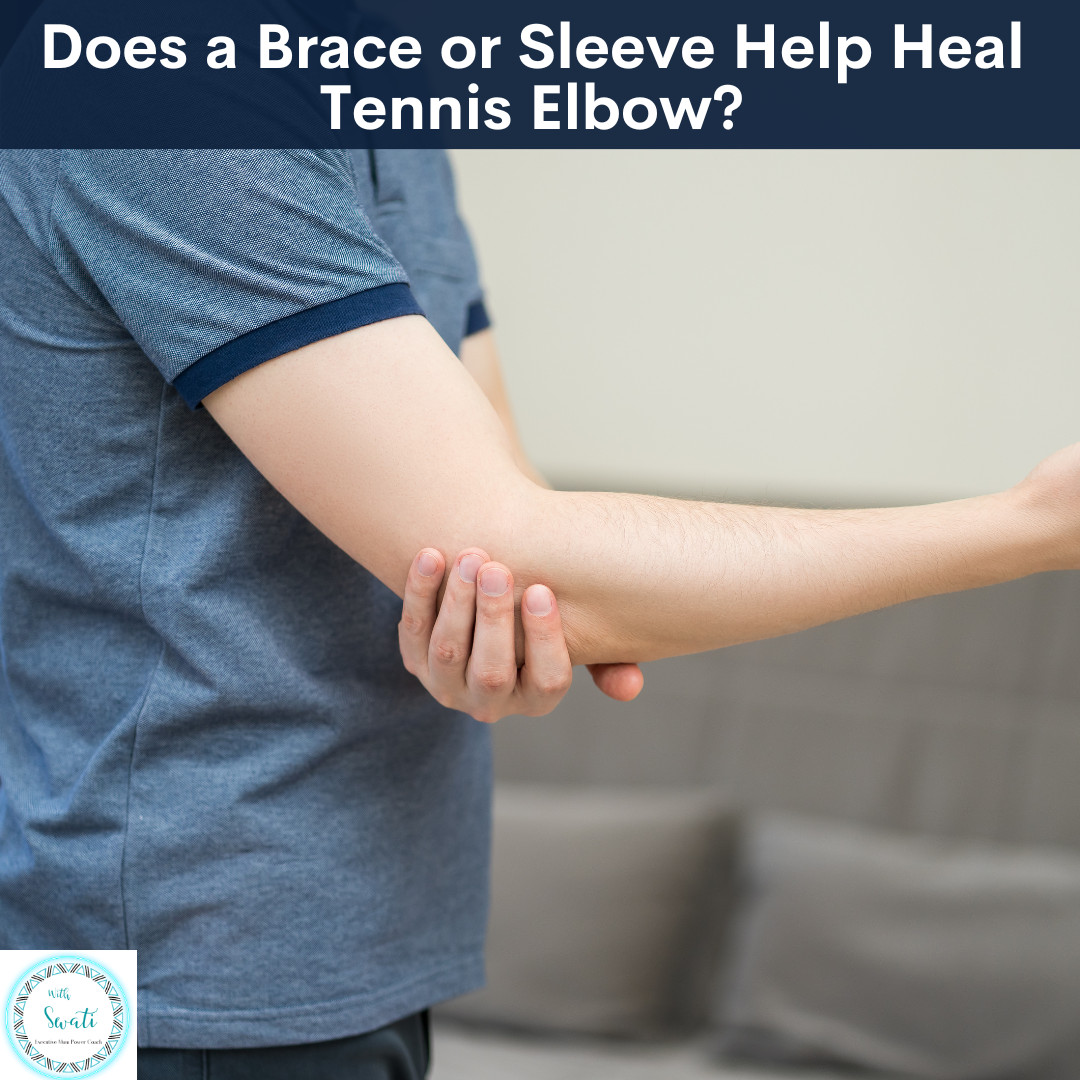
If you’re an executive mum juggling long hours at work, countless responsibilities at home, and still dealing with relentless pain in your elbow, you’re not alone. Tennis elbow, or lateral epicondylitis, can make even the simplest daily tasks, like typing, lifting, or cooking feel unbearable. While there are various treatments available, one of the most commonly recommended solutions is using a brace. In this blog lets discuss if a brace actually help to heal tennis elbow ....
Read more...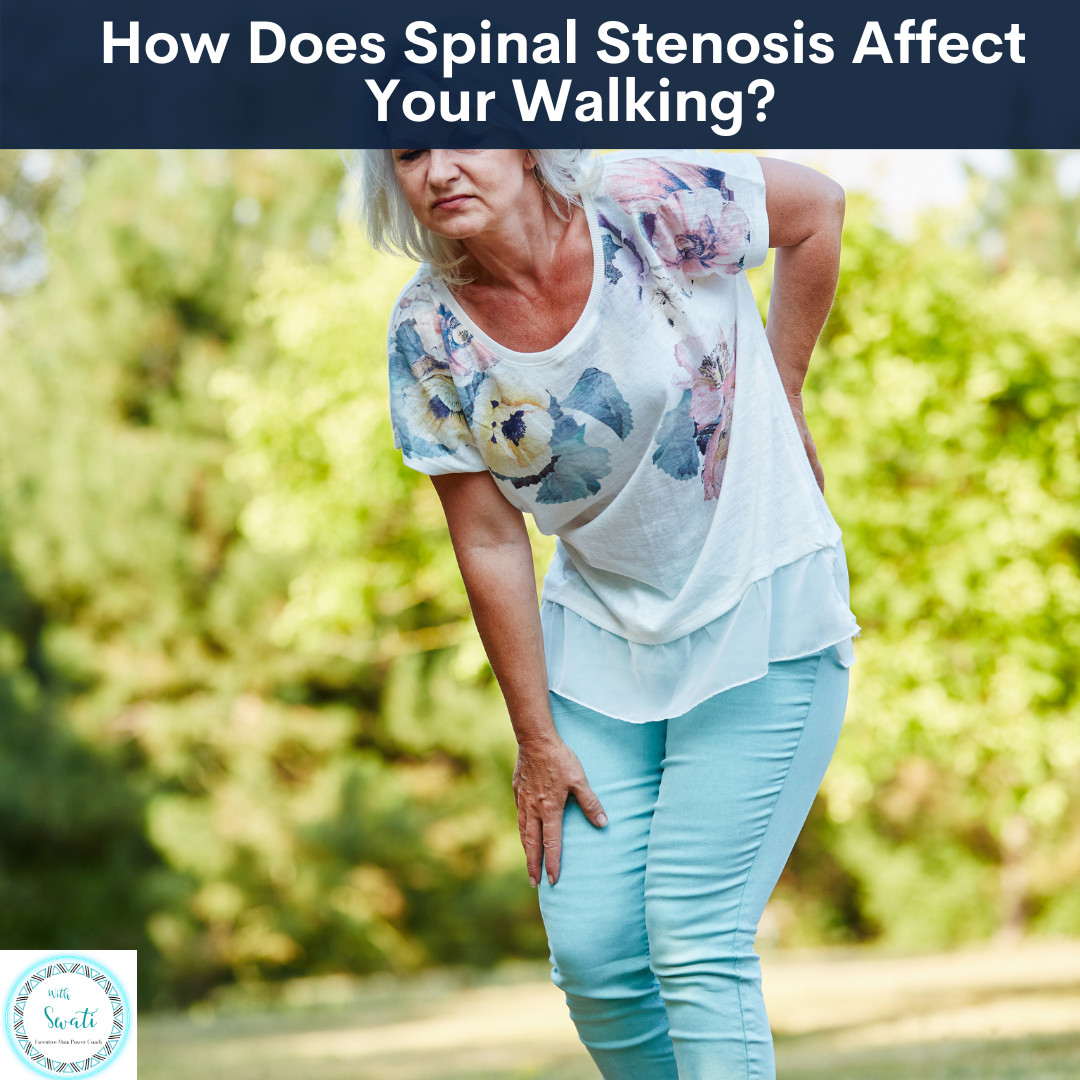
As an executive mum balancing the demands of your high-pressure job and family, even something as simple as walking can feel like a challenge when dealing with back or leg pain. If you’ve noticed discomfort, numbness, or heaviness in your legs while walking, spinal stenosis might be playing a role. This condition, characterised by a narrowing of the spaces in your spine, can have a profound effect on your mobility and day-to-day activities. In this blog, lets discuss how spinal stenosis impacts your ability to walk and what you can do to manage it ....
Read more...


